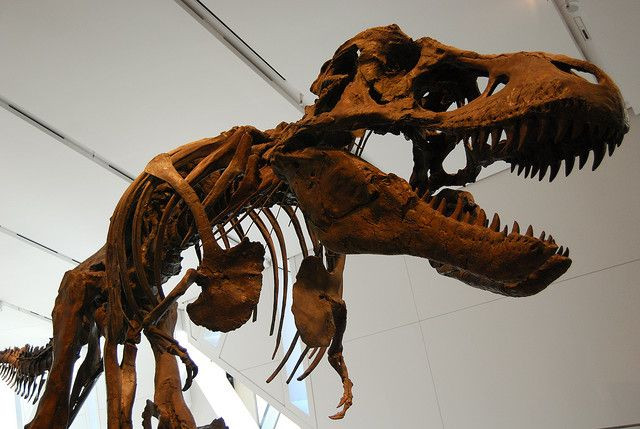Jurassic Park Debunked: Pulling Dino DNA From Insect Amber Doesn’t Work

For a long time, Jurassic Park owed much of its allure to its ostensibly scientific underpinnings. Life-like visuals aside, the movie’s perceived authenticity was largely the result of Michael Crichton’s clever theory of genetic recreation, whereby prehistoric beasts could be cultivated from fossilized DNA. The prospect of a dinosaur zoo seemed so real that certain museums even tried to replicate the process. In spite of these unsuccessful attempts, the idea of extracting a viable genetic blueprint from a fossilized bug would continue to polarize fans for decades.
Now, scientists from the Faculty of Life Sciences at The University of Manchester appear to have debunked the tantalizing hypothesis once and for all. Despite using ultra-sensitive sequencing techniques, ancient DNA scholar Terry Brown and amber expert David Penney were unable to detect genetic information in significantly younger fossils.
"In the original 1990s studies DNA amplification was achieved by a process called the polymerase chain reaction (PCR), which will preferentially amplify any modern, undamaged DNA molecules that contaminate an extract of partially degraded ancient ones to give false positive results that might be mistaken for genuine ancient DNA,” Brown explained in a press release. “Our approach, using 'next generation' sequencing methods is ideal for ancient DNA because it provides sequences for all the DNA molecules in an extract, regardless of their length, and is less likely to give preference to contaminating modern molecules."
The advanced technology notwithstanding, researchers found no viable trace of DNA in the fossilized samples. The amber precursor medium did not appear to retain genetic information any better than air-drying or other preservation methods. To make matters worse, the oldest sampled specimen had only degraded for about 10,000 years, making it hundreds of millions of years younger than the Velociraptor, Tyrannosaurus Rex, and other Jurassic wildlife.
"Intuitively, one might imagine that the complete and rapid engulfment in resin, resulting in almost instantaneous demise, might promote the preservation of DNA in a resin entombed insect, but this appears not to be the case,” Penney said. “So, unfortunately, the Jurassic Park scenario must remain in the realms of fiction.”
Given the fate of most of Jurassic Park’s characters, the findings may be in our best interest.



























